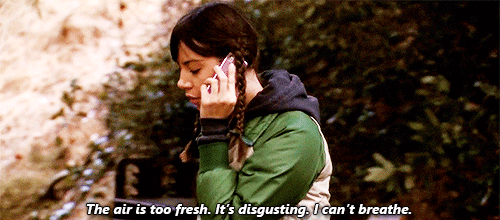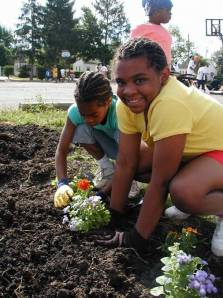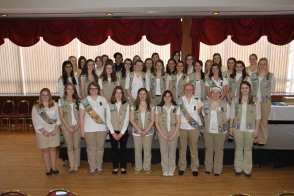5 Reasons To Send Your Kid to Girl Scout Camp!
As any advocate for summer camp will tell you, the benefits of camp are legion. From fostering independence to building self-esteem, there so many skills a child develops in a camp environment that we could go on for days about its benefits (with the research to back it up). Don’t believe us? Check out this study on the Psychological Benefits of Camp from the American Camp Association. Still not sure if your daughter needs camp this year? Here are just a few of our favorite reasons why parents send their child to our camps.
1. She needs a nature reboot.

Many children today spend minimal time outdoors resulting in what a popular book, Last Child In the Woods by Richard Louv, calls a “nature deficit”. Camp can reconnect girls with the natural world as they discover the wonder of a chorus of bullfrogs on a starry night or spotting a woodpecker while hiking through the woods on a sunny day.
2. She’s in desperate need of a mirror (and boy) detox!

Girl Scout camp allows girls to relax and try new things in an environment free from the social pressures and anxieties surrounding them at school. It’s amazing how much their self-confidence can grow when girls get to spend time not worrying if Billy likes their new hairdo or what the queen bee at school thinks of their shoes.
3. She needs a non-electronic hobby.

Our camps are built around themes that interest girls and provide them with the right instruction, equipment and facilities to enhance their sports abilities, artistic talents, and their adventure skills without the distraction of constantly updating their status to facebook, instagram, or twitter. The sheer variety of activities offered at camp makes it easy for kids to discover and develop what they like to do outside the cyber world.
4. She needs to be challenged!

According to our own research Girl Scouts helps girls learn not to avoid things that are hard for them, and this makes them better students. Girls who are not challenge seekers—who tend to “avoid doing things that are hard for me”—are less likely to feel scholastically competent and academically engaged. Cooperative learning and girl-led experiences in Girl Scouts help girls become stronger challenge seekers.
5. She needs to know how strong she really is.

Learning how to paddle a canoe, honing archery skills, or simply being in a new place and having to make new friends helps a girl realize how capable she is to learn and grow. Camp is the perfect place for girls to practice making decisions for themselves.
Convinced? We certainly hope so. Check out our summer camp options and send your child off on an adventure this summer with Girl Scouts! Financial assistance is available, please contact the outdoor program department at your regional Girl Scout office for more information on specific camp sessions.












